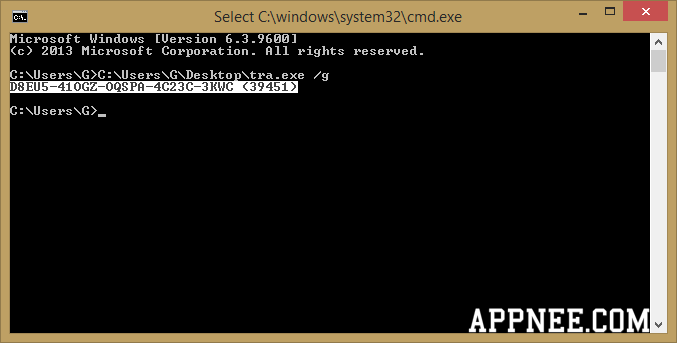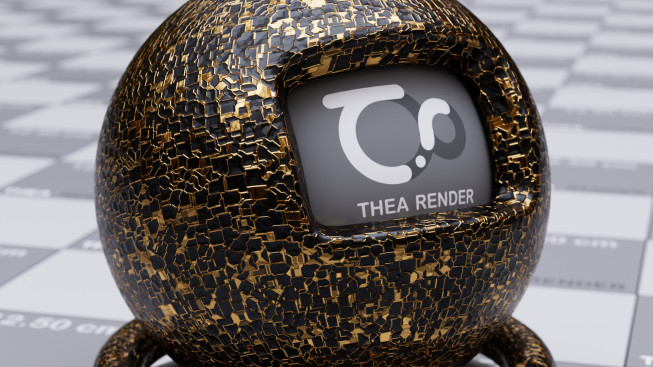

If no texture is selected, then no translucency will be rendered.

Translucent: Make the material semitransparent by clicking on a texture. Layers used in: Basic, Metal, Glass, and Coating The higher the extinction coefficient, the more opaque the material. A value just below 1.0 causes the object to reflect along its edges (e.g., a bubble seen from under water).Įxtinction Coefficient (k): This refers to light that is likely to be lost (i.e., to absorption and scattering). A value of 1.5 means that the background objects become considerably distorted (e.g., a glass marble). For example, air's value, 1.0, causes no distortion of background objects. The level of distortion is determined by the Index of Refraction, which defines how much light is bent and reflected when it comes into contact with a transparent surface. Index of Refraction (n): When you place something behind a transparent object, it becomes distorted. Specifically, the red, green, and blue values (0 to 255) are translated to x (–1 to 1), y (–1 to 1), and z (0 to 1) coordinates respectively. This creates texture in terms of normal vectors up the hill or down the valley. While standard bump mapping uses grayscale values to describe the surface's hills and valleys in terms of height, normal mapping translates red, green, and blue values to x, y, and z coordinates. Normal: This is a more detailed version of bump mapping, where you select a RGB color image instead of a grayscale image. A bump map looks like the inverse of what you might expect: black represents the highest extreme and white represents the flattest extreme, while shades of gray represent grades in between.
#Thea render 1.5 how to
The grayscale map tells Thea Render how to change the surface normals as if the surface has been displaced the modified normals are used in lighting calculations. Each layer of material can have its own bump map. A bump map gives the illusion of texture without physically distorting the geometry, minimizing rendering time. At values approaching 100%, light becomes so scattered that the reflections are barely visible, if at all.īump: Adds texture to the material at a macroscopic level. Higher values produce bigger highlights and reflections that are more blurry and dim.

Increasing the roughness will spread and distribute reflections and create a more matte surface. Lower values produce crisper and brighter reflections. Roughness: Adds texture to the material at a microscopic level, affecting specular reflectance and transmittance. Rotation (deg): To rotate the stretched and blurred highlights created using Anisotropy, enter a value from 0 to 360 degrees or select a texture.
#Thea render 1.5 full
For full anisotropy, set the value to 100% (the material is a perfect reflector/refractor in one direction and completely rough in the other direction). Layers used in: Basic, Metal, Glass, SSS, and CoatingĪnisotropy: Stretch and blur highlights against the grain of the material, which is particularly useful for metals. So, the specular reflectance is calculated as a combination between user Reflectance and Reflectance 90 (white by default), depending on the viewing angle. Reflectance at the grazing angle (90 degrees) is also implicitly defined. Reflectance: Reflectance is the texture for the specular component when you view the surface from directly above. You can select a texture, color, or procedural. Assigning materials with Content Browserĭiffuse: Diffuse reflection is when light is scattered at several angles on a surface.Assigning Color, Bitmaps and Procedurals.
#Thea render 1.5 windows


 0 kommentar(er)
0 kommentar(er)
